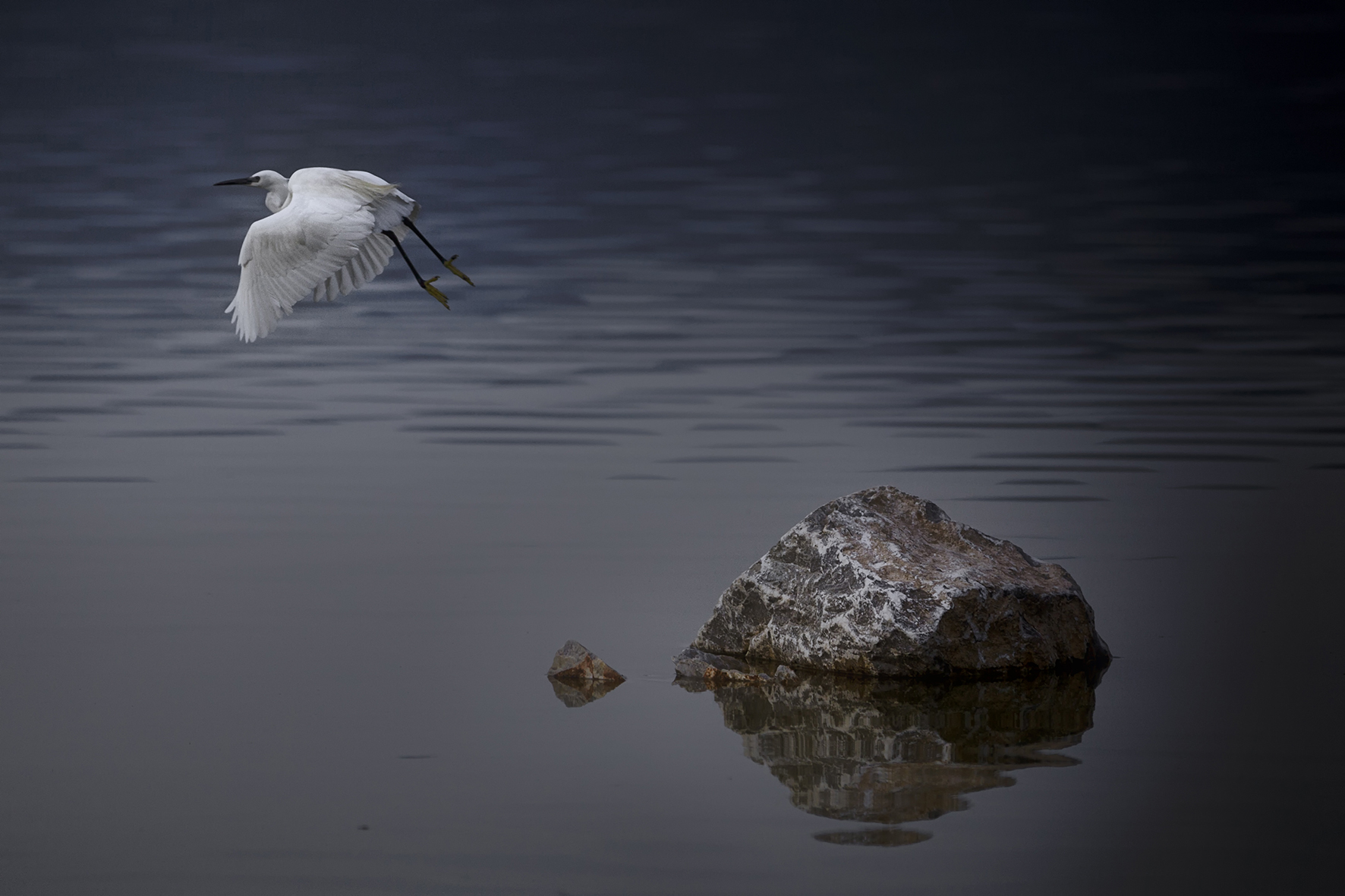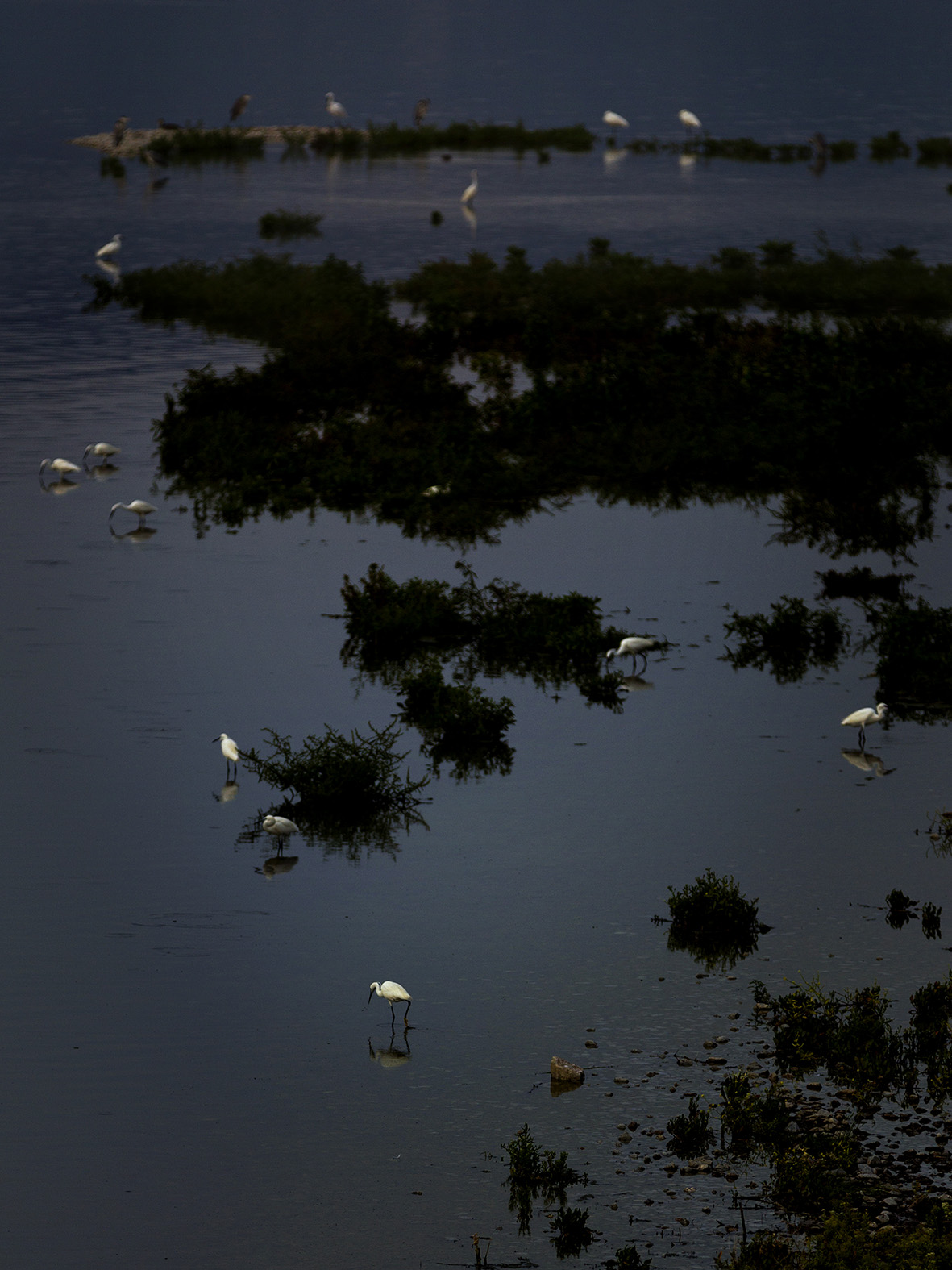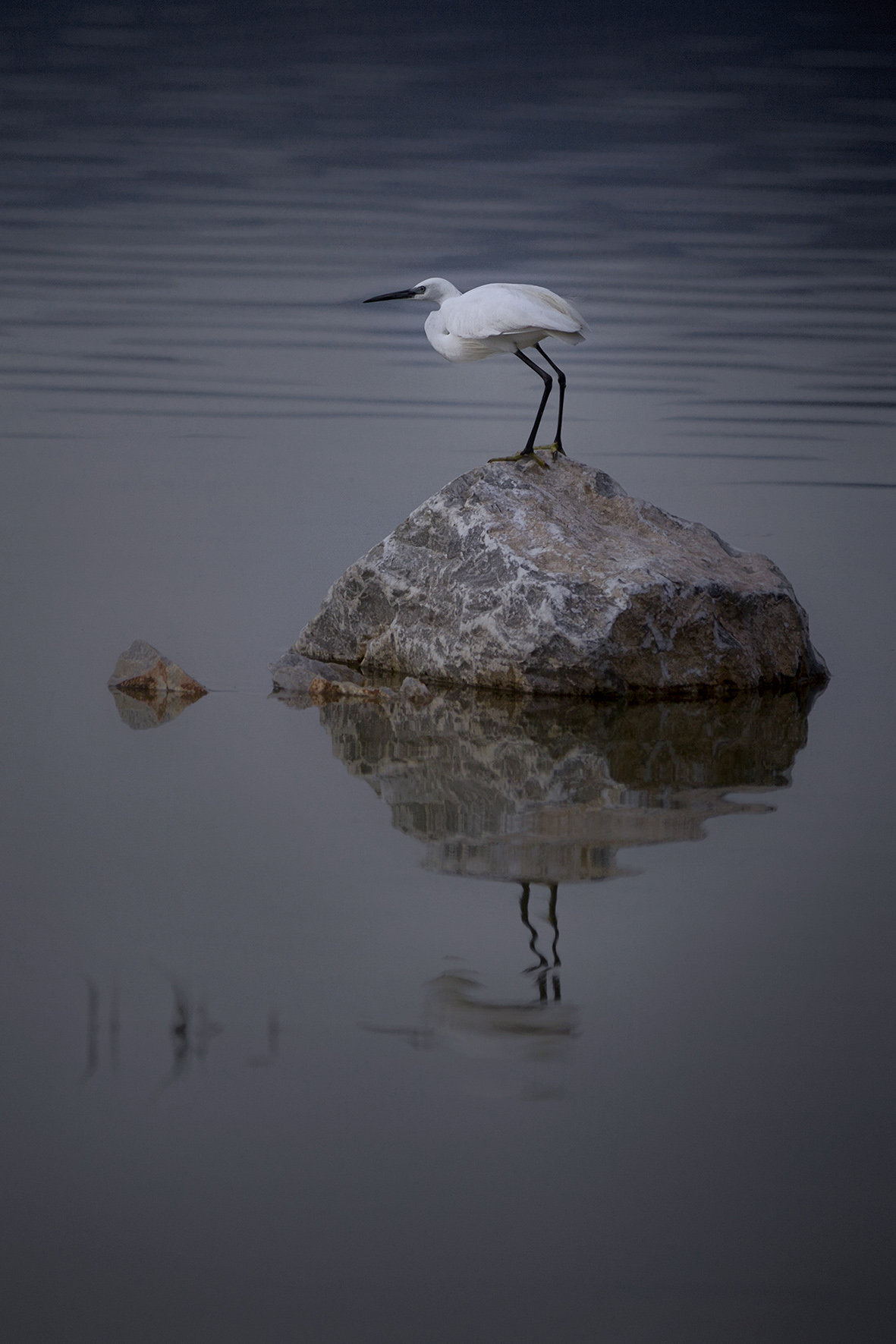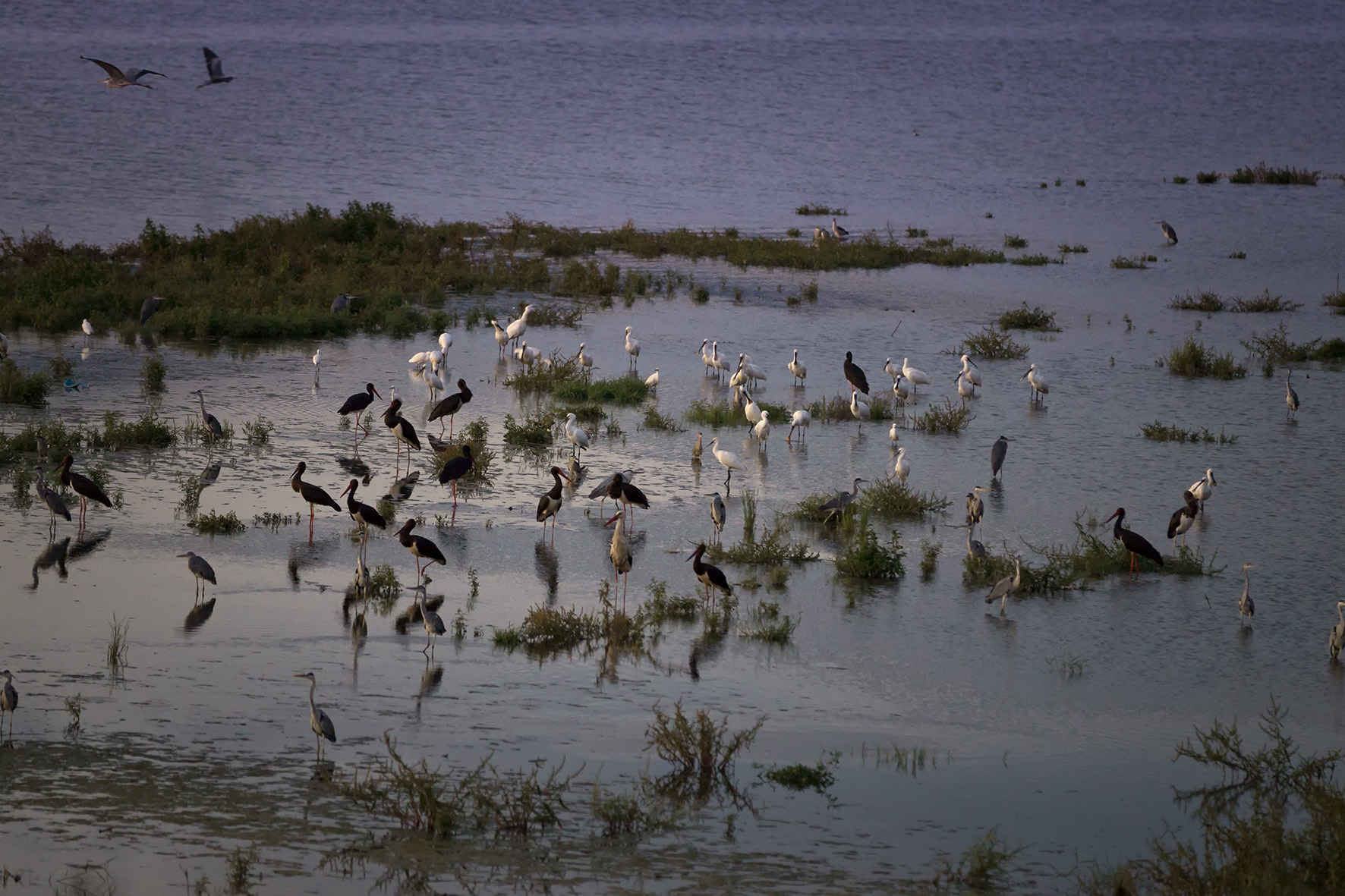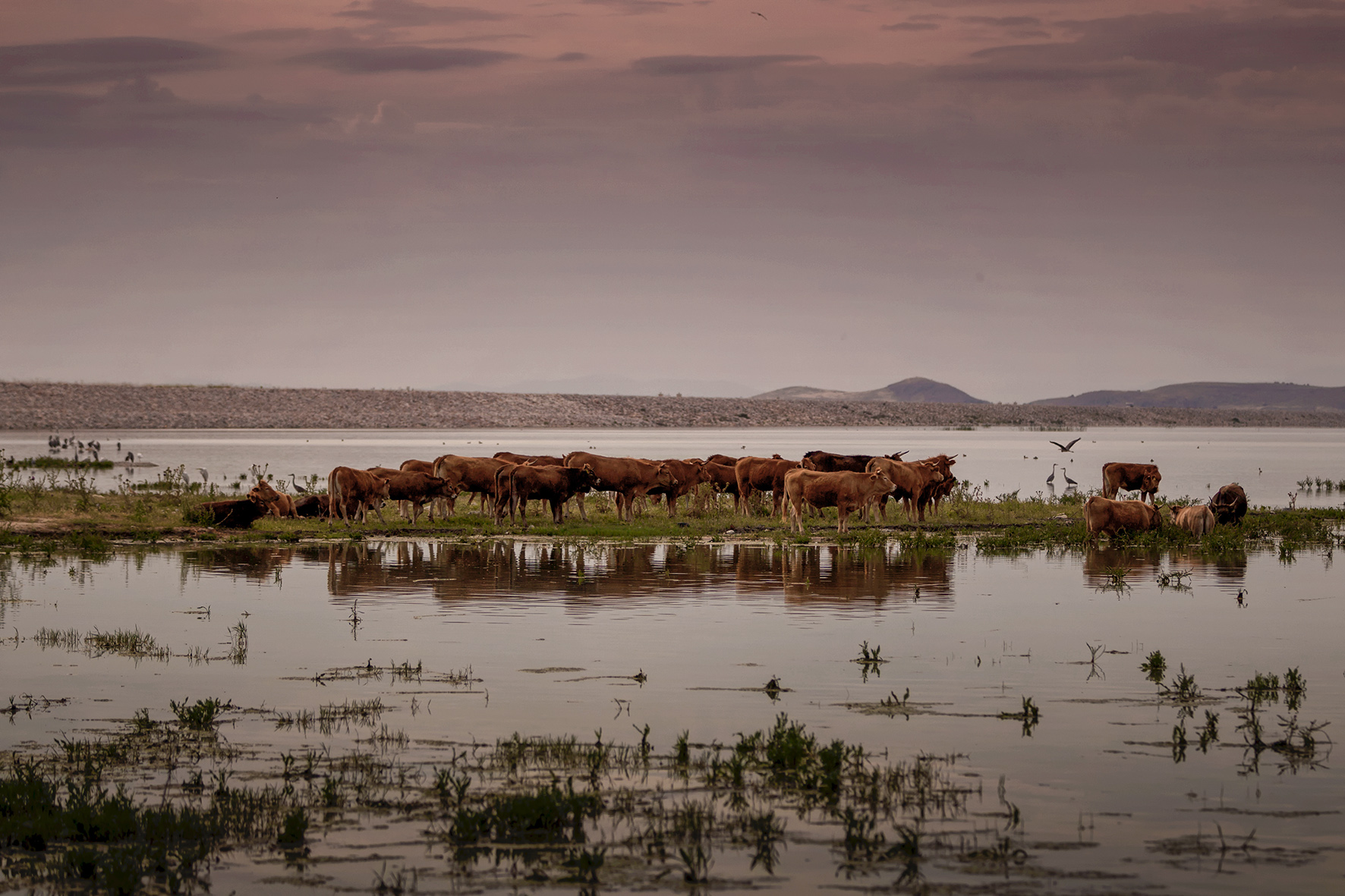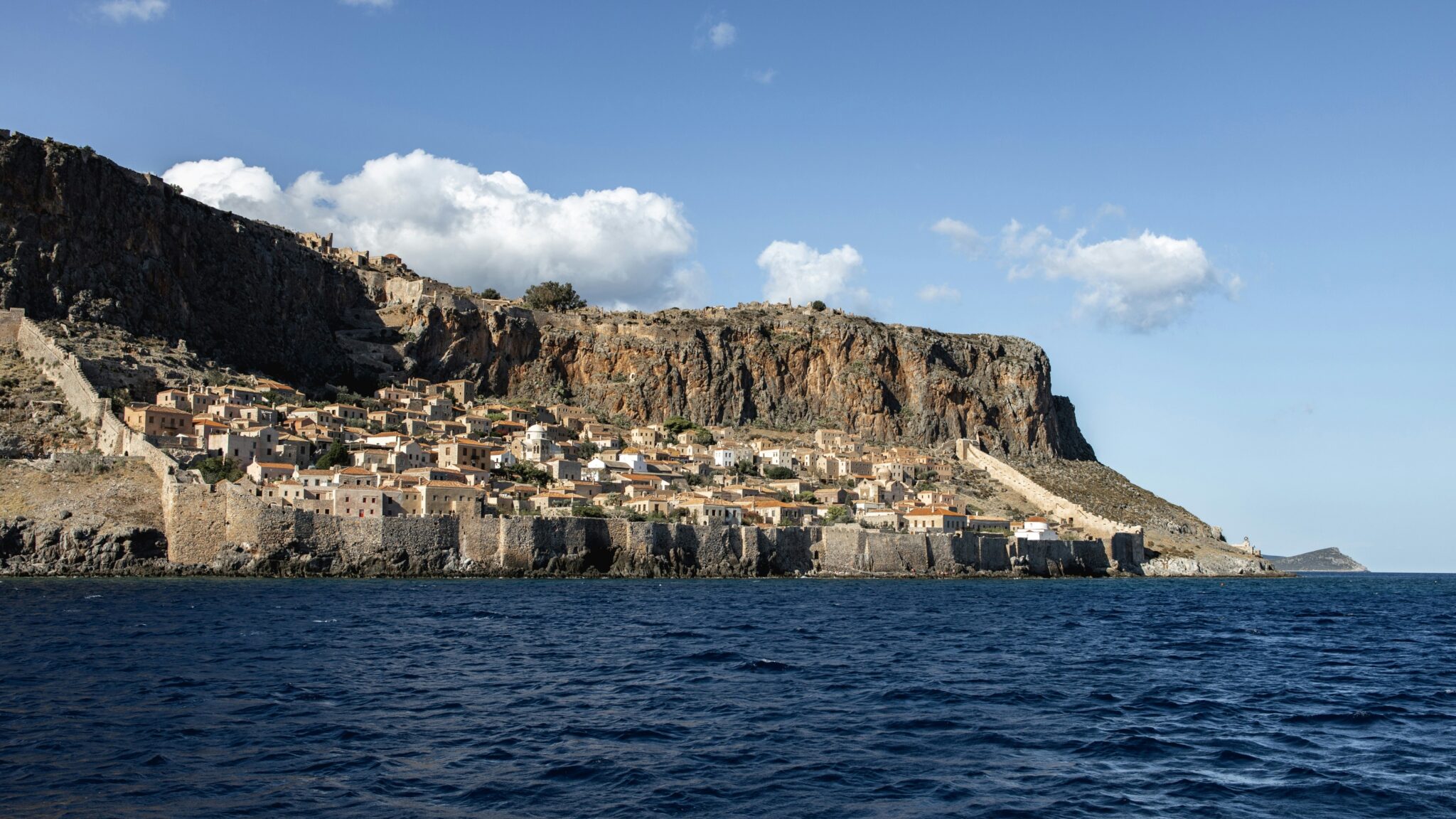Having a rich past, Carla even appears in ancient myths, while French visitors in the early 1960s likened it to the Danube Delta. Indeed, when it disappeared for a time, its loss wreaked such havoc on the surrounding ecosystem that a major restoration project was launched, estimated to have cost over 250 million euros.
Carla is located in the prefecture of Magnesia, near the village of Kanalia, 25 km away from Volos. Archaeological research has proven that the area has been inhabited since prehistoric times. The lake was known in antiquity by the name of Boebeis; according to mythology, it was the centre of the kingdom of Admitos and Alcestis, who were considered models of conjugal affection. In the Middle Ages it was called Carla, a name that was retained during the Turkish occupation, and is still used today.
The original lake extended over 18-19,500 hectares and its depth ranged from 4 to 5.5 metres. In the early 1950s, flood control levees reduced both its area and depth. Even so, it was still teeming with life. When French ornithologists visited it shortly afterwards, they were so impressed by the species they recorded there that they noted that in European terms it could only be compared to the Danube Delta.
Despite this image, the government of the time had already decided to drain the lake. It was, after all, a time when the industrialisation of Greek agriculture was being promoted as an urgent necessity due to increasing European competition. And, seemingly, the disappearance of Carla would create a vast fertile area. Thus, by 1965 the lake was a thing of the past, yielding some 7800 hectares of land. Almost immediately, however, it became apparent that the project would not yield the expected results.
The terrain that resulted was not suitable for multi-cropping due to the accumulation of salts, and was flooded with every heavy downpour. Within a few months, the local press began to liken it to a wasteland, and spoke of the disastrous effects on flora and fauna. But while it is true that the soils proved unsuitable for extensive farming, there is a major misunderstanding about the ecosystem. That is to say, given the current reconstruction of the lake, the draining has benefited it, ending a situation that was slowly but surely degrading the quality of the waters of the lake, leading to a marked decline in the population of the fish that used to live there.
The decision to regenerate the lake was taken in the 1990s and significant financial support from European funds was secured. The project started in 2000 and took 15 years to complete, with the water supply coming from the Pineios river. The reborn Carla was officially “inaugurated” in 2018. And, despite being significantly smaller than the original, it immediately revealed its potential, becoming one of the most important wetlands in the entire Mediterranean. In just a few years, it has given shelter to 13 species of fish and 181 species of birds (some extremely rare), including a colony of Dalmatian pelicans.
The future is even more promising for the regenerated Carla, for which significant tourism prospects are opening up in line with the ecological awareness of recent years. Already, the development of 10 hiking trails in its perimeter by the Mediterranean Institute for Nature and Man is expected to bring it to wider attention, attracting many nature lovers or alternative tourism enthusiasts, both from Greece and abroad.
How to get there
You can reach Carla by car both from Volos (following the provincial road to Kanalia) and from Larissa, via Stefanovikiou. Or, you can take the train from Volos to Larissa and get off at Stefanovikio station, about 2 km away from the village. However, you will need to drive another 20 km to reach Kanalia.
Read also:
Smolikas Drakolimni: Sub-alpine lake with wild orchids on Greece’s second-tallest mountain
Nemuta: The unknown waterfalls of mountainous Ilia are quite a spectacle



